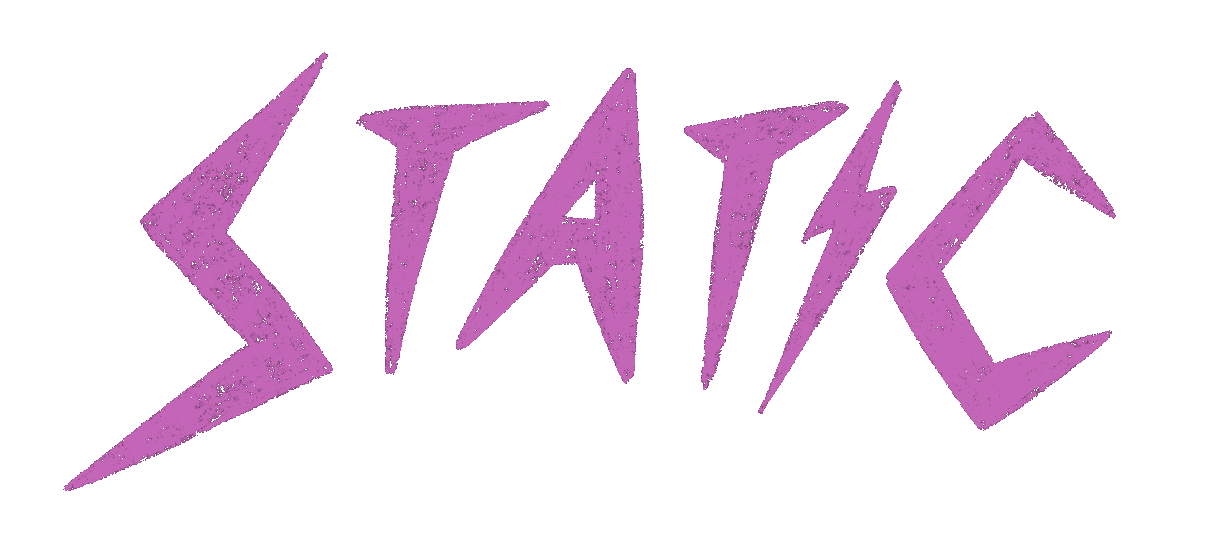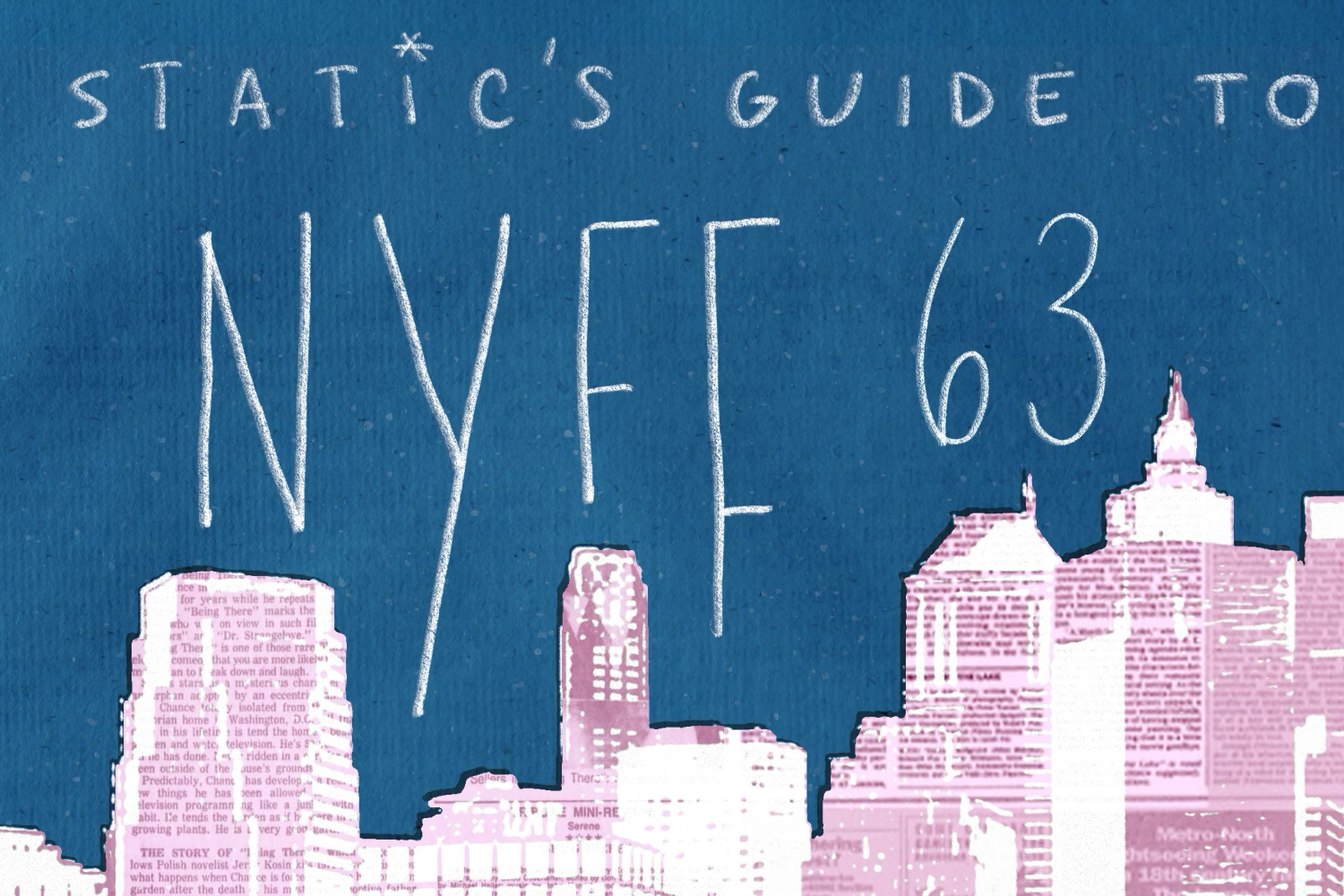New York at the end of September and beginning of October might be the best time of year: there’s a chill in the air, the leaves begin to change colors, and hundreds of thousands of cinephiles descend on Lincoln Square for the New York Film Festival. For three weeks, you can feasibly watch up to four movies a day by the most exciting currently working directors. Some of the festival’s biggest draws are the Big Name films with Big Name Q&As that come with them an intoxicating allure: who wouldn’t want to share the same air as Bradley Cooper and Kathryn Bigelow? For this reason, the titles in New York Film Festival guides often read the same—a recurrence of Netflix-produced pictures having their multiplex premieres weeks after the festival lade every article. This is unfortunate, because the best part of the Festival is the small, undistributed gems that dot the three-week schedule. There are seven meticulously constructed shorts programs, a Dracula retelling by the only director who knows how to meaningfully incorporate TikTok into the filmic experience, multiple features shot on warm 16mm, and a new Bi Gan in addition to some wonderful remasters of underseen soon-to-be classics. The chance that you won’t enjoy yourself at one of the bigger showings is slim, but if you’re a New Yorker, this won’t be your only shot to see the big pictures in the city: Jay Kelly and A House of Dynamite are sure to have Q&A screenings at theaters elsewhere (probably The Paris Theater). To really make the most of the festival, prioritize smaller, more niche films whose futures are uncertain, as this might be your only chance ever to see them. If you’re worried about a screening being sold out, don’t be—there’s always extra screenings being added every day. If you’re a real cinephile, you can wait in the standby line, though be prepared to get there a couple of hours before the screening’s listed time to increase your chances of getting a ticket.
After meticulously combing through the 106 features and shorts on offer, STATIC writers compiled a list of what excited us the most. Take a break from star-studded premieres and check out something that’s bound to be interesting—be it a collection of tableaus of the Newfoundland countryside or a 186-minute-long Georgian road movie shot on a phone from 2001.
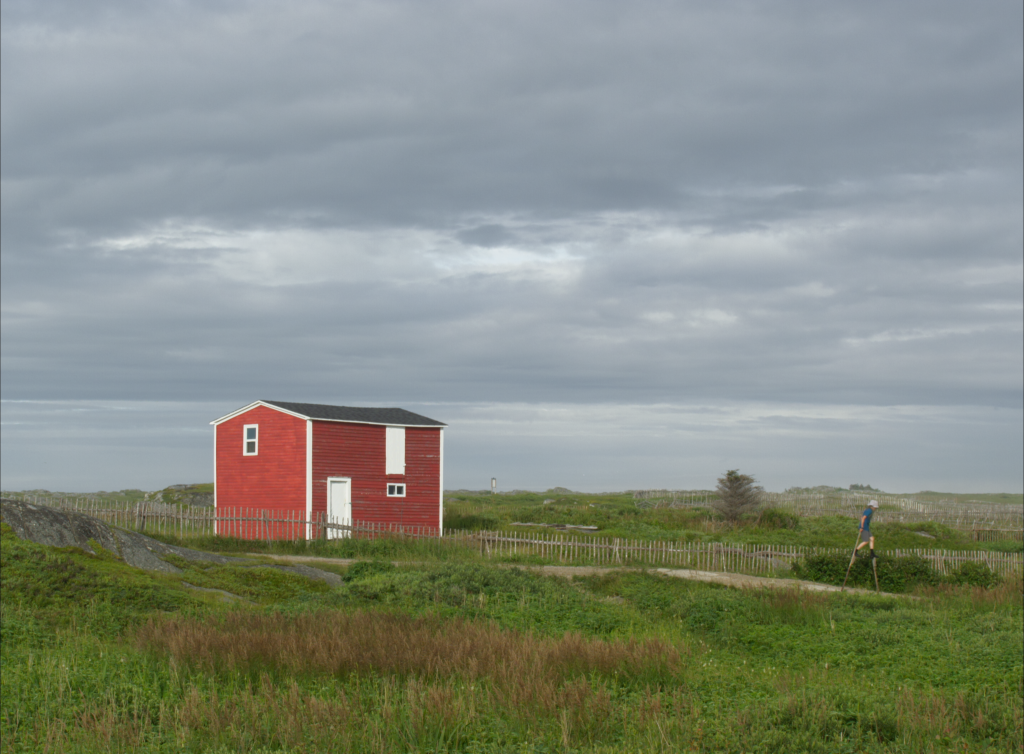
Windward, dir. Shannon Lockhart
Sharon Lockhart’s Windward pares cinema down to its essentials. Inspired by Colin Low’s 1967 film The Children of Fogo Island, which she encountered during a 2022 residency with Fogo Island Arts, Lockhart extends her signature use of the static frame. By rejecting spectacle, she transforms the island’s stark beauty into a heightened tableau of nature and sensation, drawing viewers into the slow drama of weather and gesture. The result is austere yet alive, a reminder of how much unfolds when a filmmaker simply holds the frame. – Hanne Brabander

Back Home, dir. Tsai Ming-liang / Ecce Mole, dir. Heinz Emigholz
Tsai Ming-Liang’s newest Back Home premieres alongside Heinz Emigholz’s Ecce Mole at the 63rd New York Film Festival. Two films from entirely distinct regions (Taiwan and Italy, respectively) both explore the many definitions of home through their slow, thoughtful, and observational cinematic experiments in space, creating meaning that radiates louder through their joint premieres. Both directors have had several premieres at the festival over the past two decades to wide acclaim for their mellow and atmospheric approach to the craft, spearheading the Slow Cinema genre. In many ways, their latest films are more akin to travel journals than documentaries: personal yet universal portraits of places, and what exactly our human relations to these spaces are. The two films premiere as part of NYFF Currents, which celebrates international cinematic feats, with accompanying Q&As and video intros by both directors. – Nadine Mamoon

Ombres de soie (Shades of Silk), dir. Mary Stephen
The revivals are often the most overlooked at the NYFF, but they might be the most intriguing. Last year, a stunning restoration of Ousmane Sembène and Thierno Faty Sow’s Camp de Thiaroye and Chantal Akerman’s excellent 1984 short “J’ai faim, j’ai froid” were shown among others. At NYFF 63, the restored feature debut of Mary Stephen, the Hong Kong-born long-time Éric Rohmer editor, will have its world premiere. A tender portrait of two women in 1930s Shanghai, Ombres de soie (Shades of Silk) was effectively unseeable for the general audience; before this year’s restoration based on the 16mm print, there was no actual way to watch it. At its core, the Festival’s goal is to bring unique and interesting filmgoing experiences to the average New Yorker—and what better way to spend a cold Saturday evening than seeing the illustrious Mary Stephen in person? – Amélie Khiar
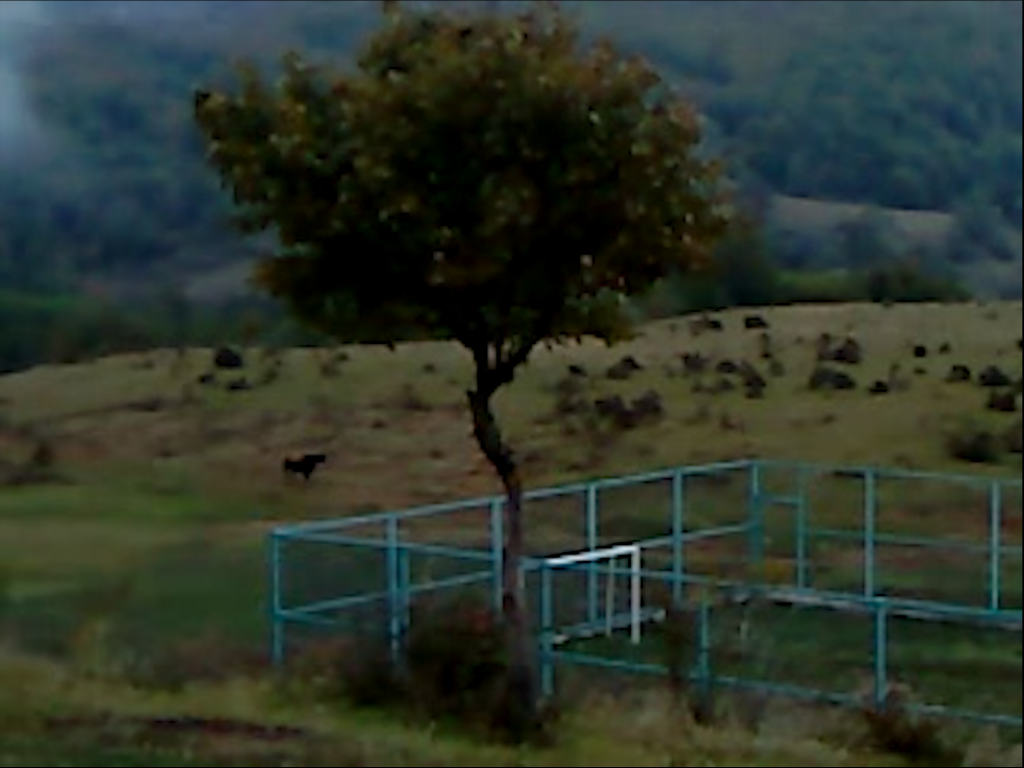
Dry Leaf, dir. Alexandre Koberidze
Shot on a beat-up Sony Ericsson, Dry Leaf is a patchwork of memory, myth, and the rhythms of everyday life. Alexandre Koberidze takes an unpredictable route as he weaves together fragments of archive, biography, and imagination to create a hazy, dreamlike story. At a festival packed with pristine images and calculated narratives, Dry Leaf promises a messier, more fragile kind of beauty that stands out for its intimacy and rawness. – Anissa Islas

Levers, dir. Rhayne Vermette
Structured like a tarot deck, shot on beautiful, grainy 16mm, and only 80 minutes long, Levers tells the story of a small Canadian town experiencing an anomalous solar eclipse. Manitoban director Rhayne Vermette paints her story in broad, bleak strokes with little regard for narrative or cinematic convention. Levers is a standout in the festival’s lineup and, at the very least, a fascinating bit of respite from some of the more commercial fare showing at Alice Tully Hall. – Darlene Marsh

Little Boy, dir. James Benning
Director James Benning described Little Boy as “a film looking at the past to warn about the future,” his next installation in a powerful and evocative filmography reflecting on American society and contemporary culture. As a veteran voice in independent cinema, Benning is most well-known for his unique take on a true crime documentary with Landscape Suicide. With this year’s Little Boy, he returns with a reflective exercise told largely through miniatures and toy models, creating a time capsule of U.S. history using only the smallest of pieces. The film is a companion piece to one of Benning’s earlier projects, titled American Dreams (lost and found) from 1984. Over forty years later, he similarly creates a confrontational portrait of society that premieres as part of this year’s NYFF Currents, featuring Q&As with Benning himself. – Nadine Mamoon
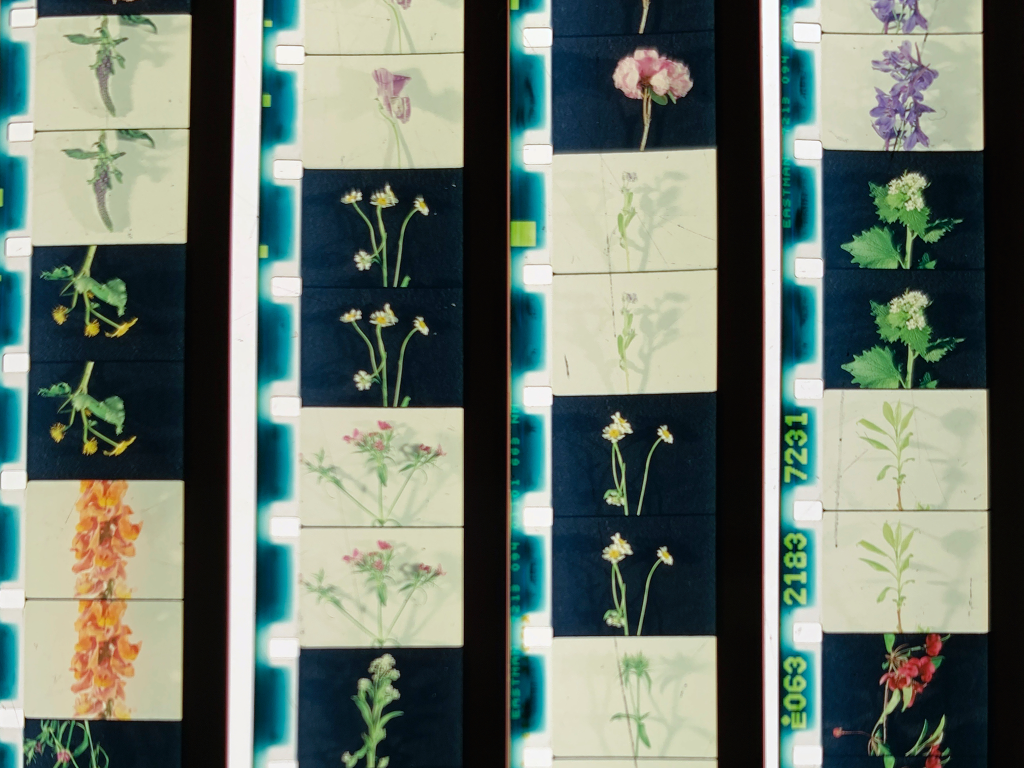
5 Fields of Vision, Various Directors
Looking to log five short films to busy up your friends’ activity on Letterboxd? If so, 5 Fields of Vision assembles some of today’s most inventive filmmakers. Blake Williams turns the American Southwest into a stereoscopic hallucination, while Jodie Mack detonates floral specimens into ecstatic bursts of color and rhythm. Between Victor Van Rossem’s time-slice experiments, Peter Larsson’s jagged Breer-esque collage, and Jiayi Chen’s forest reverie, the program insists that experimental cinema is back — the moving image has always destabilized how we see. – Hanne Brabander
